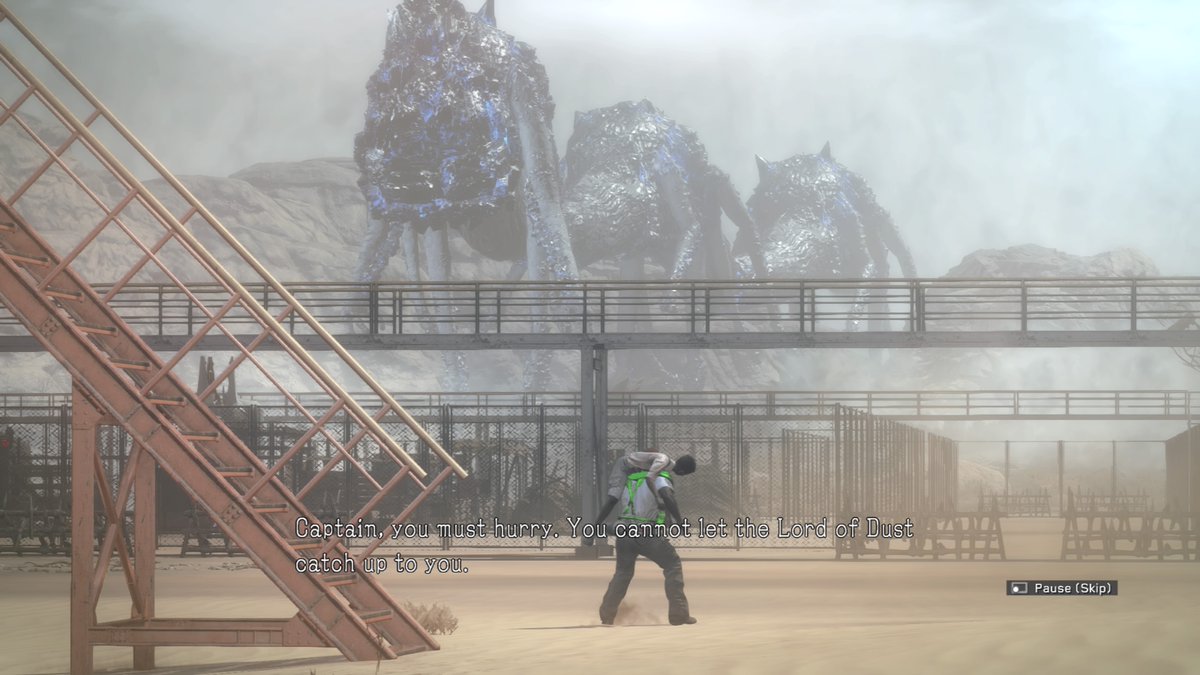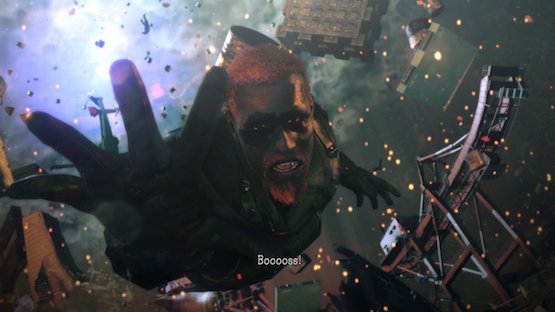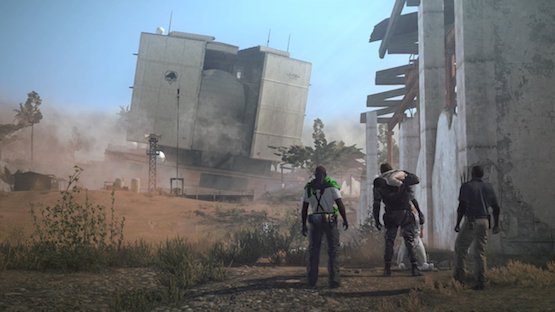After being transported to Hell via a giant wormhole and taking out dozens of zombies with a spear, there was a thought that entered my mind. “Was Hideo Kojima actually reeling in the craziness of Metal Gear, and keeping the series in check?” Even for a series known for outlandish moments and intricate plotlines, I never would’ve thought that things would get crazier after its creator left. That’s just the case with Metal Gear Survive, though. It’s an adventurous title, that is oftentimes baffling, but one that goes for a new take on the series rather than simply feeling like an expansion to Metal Gear Solid V.
Even though I went hands-on with Metal Gear Survive several times prior to release, I had some major misconceptions about the experience. While multiplayer is definitely an integral part of the experience, the single-player campaign is still the main focus. There’s characters to meet, cutscenes to watch, and lore to learn via audio tapes. Anyone who really liked playing The Phantom Pain will instantly find something to latch onto here. Konami’s decision to reuse MGSV‘s engine might be the best design choice of them all, as it’s still one of the best playing games to ever be released.
That said, there are several core differences that make this a very different game from prior Metal Gear titles. As the name suggests, this is a survival game. These concepts aren’t completely new to the series as Metal Gear Solid 3 leaned into that direction, but this essentially takes all of the cooking and medicating of Snake Eater to the next level while also iterating upon the base building and hoarding mentality that were focused upon in The Phantom Pain. The two elements wind up complementing each other wonderfully, and it produces a game that rewards careful planning more than ever before.
Biking
Survive‘s campaign revolves around a core gameplay loop of exploring the strange world that players have been transported to (for either resources or story-furthering memory boards). It’s not as simple as merely mapping out the terrain, as there are plenty of deadly zombie-like creatures called Wanderers that are found throughout the world. The ones that players encounter early on are the slow, largely brain-dead types that wouldn’t feel out of place in an early Romero film. They’re no more difficult to outmaneuver than the basic soldiers in Metal Gear Solid V, and only really cause a major stir when they come in large groups.
There’s one core difference between the early moments of MGSV and Survive though: players start with diddlysquat. Those who prefer ranged weapons will have a rough time early on, as I didn’t have much more than a baseball bat to take out enemies for several key missions, and didn’t craft my first bow until I had spent a solid 10 or so hours. The odds are really stacked against the player to succeed at first, and it takes some smart play to make it out of some of the scenarios that Survive throws the players into. While unforgiving, throwing the player into the fire also forces them to learn how to play the game properly. Sure, you’ll get plenty of ridiculous looking weapons and guns later on, but you better learn the basics before.
When not doing core story missions, players will also need to make sure they have enough resources in stock. Hunting wild animals and finding water is a must early on, as the player’s hunger and thirst directly impact their health and stamina. This is very much a survival game at its core, and going on a trek unprepared is a great way to wind up dead. Death is a major deal in Survive, as there aren’t many checkpoints besides some specific story-heavy missions. Typically death means you have to start over from the last time you were at the base, and that means that anywhere from 10-50 minutes can be lost. Every death was frustrating and demoralizing, but it also instilled a constant fear within me. It made me pay more attention to my loadout, and forced me to play better.
New Worlds
While long-distance exploration eventually becomes easier due to a fast travel mechanic that has the player using teleporters, they also encounter a supernatural dust storm that encompasses large swaths of land. It’s here when the player has to worry about one extra element: oxygen. That’s not all, as the game’s field of vision is lessened, and the wanderers tend to be more populated in these areas with little visibility. It’s the first tease of one of Survive‘s most surprising and best elements: horror.
Several times during the game, players will have to explore cramped areas and dimly lit ruins. These are essentially full-on horror game affairs. There’s scary noises that build tension, some silences that are way more terrifying than any noise, and a constant sense of dread as you watch your oxygen slowly run out. These sections, while undeniably stressful, wind up being a lot of fun and are a great change of pace from the otherwise open-world nature of Survive.
Just when players start to really get used to Survive, a huge story moment winds up transporting players to the game’s second area, which is a dense jungle. It’s such a drastic change visually from the desert landscapes early on, and it also offers a huge reset in terms of enemy encounters. Sure, the brain-dead wanderers that players got accustomed to outsmarting are still around, but there’s suddenly highly mobile foes that can be a real danger one-on-one, and enemies that disguise themselves as plants in the thick wilderness. It’s a huge shake-up mechanically, and it really forces players to take their game to the next level.
All Day
As mentioned previously, Metal Gear Survive has plenty of craziness in its story. I could easily see merit in saying it does so in a way that is off the rails, but I was always entertained enough by what was going on to want to see what would happen next. I was largely sold as soon as I found out there was a gigantic supernatural creature called the Lord of Dust, that was so huge that it would put Metal Gear Ray to shame. That said, while I got a kick out of it, this isn’t an intricately crafted affair with fantastic characters. There are some great moments, but those expecting the storytelling feats of past games to be replicated will wind up disappointed.
Survive definitely continues down the path started with Phantom Pain, which places gameplay in the forefront. As such, it’s very much designed with getting the player to jump into it on a daily basis. There’s plenty of time-sensitive daily and weekly missions to accomplish, and these come with some sweet rewards that will definitely help out when it comes to being able to craft solid items. If you really want to get the best gear quickly, though, you’ll want to play the game’s multiplayer.
Multiplayer in Metal Gear Survive is a wave-based survival mode that has players defending a device digging for energy. These types of missions occur several times in the main story, but I never found them to be overly fun solo. It’s easy to get overwhelmed, and it’s really hard to have the correct amount of equipment needed to build a successful fort early on. Multiplayer is a much more enjoyable affair as up to four players can take on these missions. I wound up having a lot of fun in these scenarios, and there’s a great bonus of getting a ton of loot in the form of materials and broken weapons (that can be repaired) that hilariously drop from the sky in cardboard boxes. I highly recommend anyone who hits a wall solo to play some rounds of multiplayer, as one new piece of gear can be the difference between success and failure when things get tough.
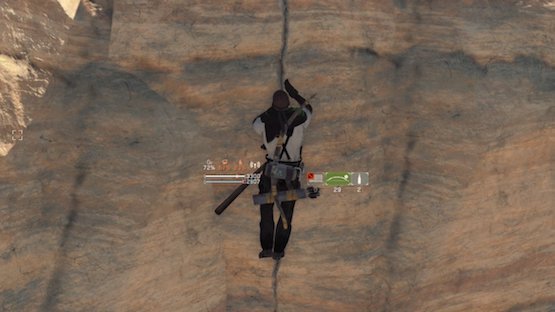
Provider
The unforgiving nature of Metal Gear Survive can be read a few different ways. It certainly doesn’t feel out of place in the survival genre, as its not unusual to lose a ton of progress to poor play, and it certainly underlines the harsher themes of the experience. After all, in such a bleak and empty world, survival should feel difficult and setbacks should feel like a huge motivation killer. It certainly works for the game, but it can also be read as a play to get players to spend money on in-game items. Game design has always been linked to the financial realities of the medium from the days of arcades, and it’s no different here. It can be hard to differentiate when they’ve always been attached at the hip.
Regardless, there’s something about Survive that keeps me wanting to come back to it. It allows me to experience the incredible gameplay of Metal Gear Solid V in a new and unique way, and that in of itself is quite the draw. Throw in a really solid gameplay loop that takes The Phantom Pain‘s crafting and collecting to the next level, and it’s a game that will continue to eat up a whole lot of my time. Sure, a lot of it is due to it building off such a great framework, but few games can match it on a mechanical level.
Those who are able to accept Metal Gear Survive for what it is will find one of the most captivating survival games in recent memory. It’s an incredibly unforgiving experience, which can definitely be detrimental at times, but one that ultimately feels fulfilling. Konami has taken the series in yet another new direction, but one that also feels in line with a lot of the series’ past. It’s still very much a Metal Gear game down to its story, which might be more out there than some of Kojima’s own, even if it doesn’t quite match them narratively. Embrace the bleakness of reality and simply try to survive.
Metal Gear Survive review code provided by publisher. Version 1.03 reviewed on PlayStation 4 Pro. For more information on scoring, please read our Review Policy.
-
Top notch gameplay
-
Addictive gameplay loop
-
Story is super weird
-
Can be too unforgiving
-
So much inventory management
-
Not quite a Kojima narrative
Metal Gear Survive
-
Metal Gear Survive
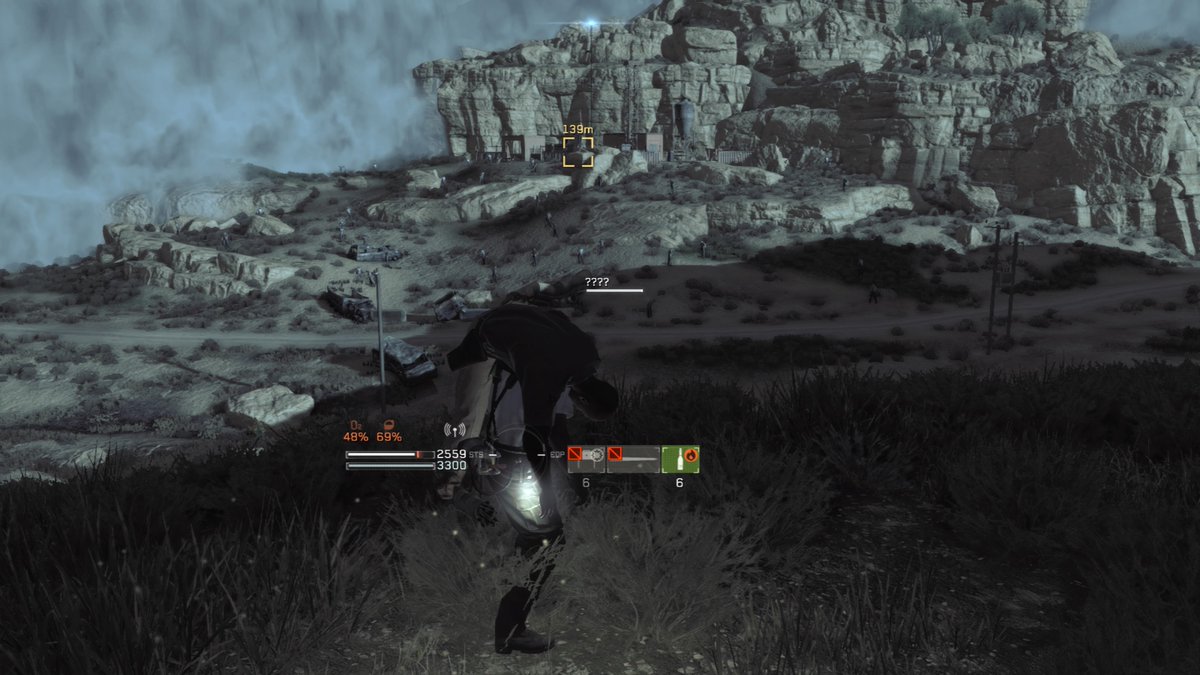
-
Metal Gear Survive
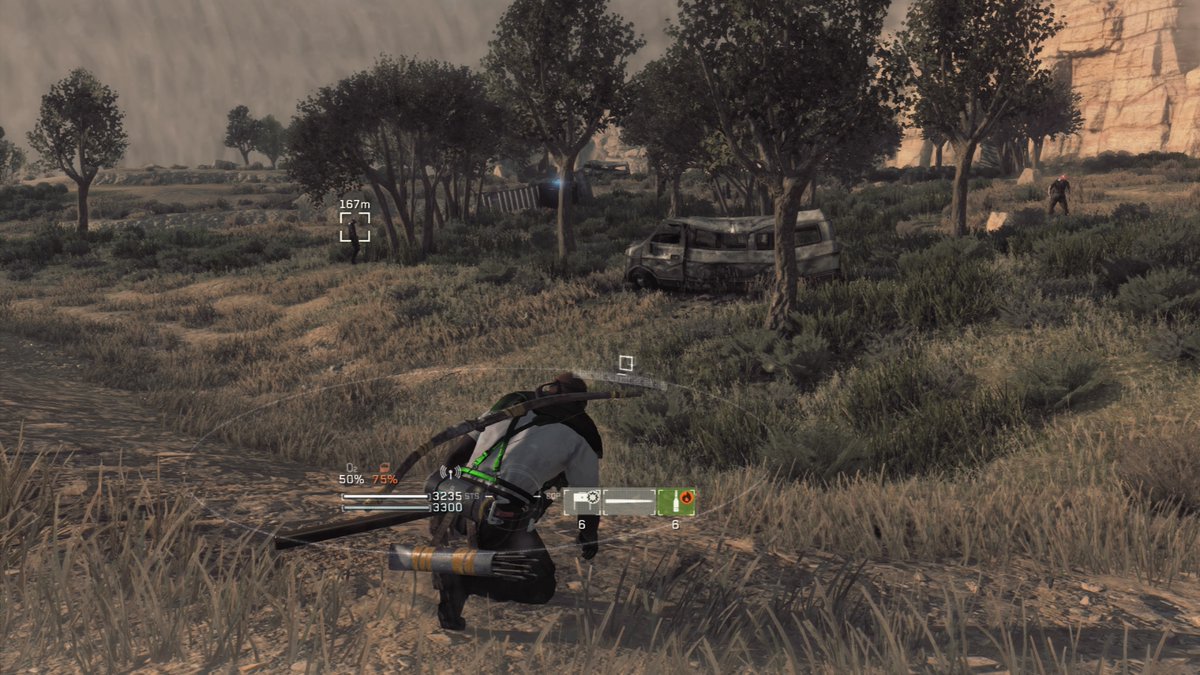
-
Metal Gear Survive
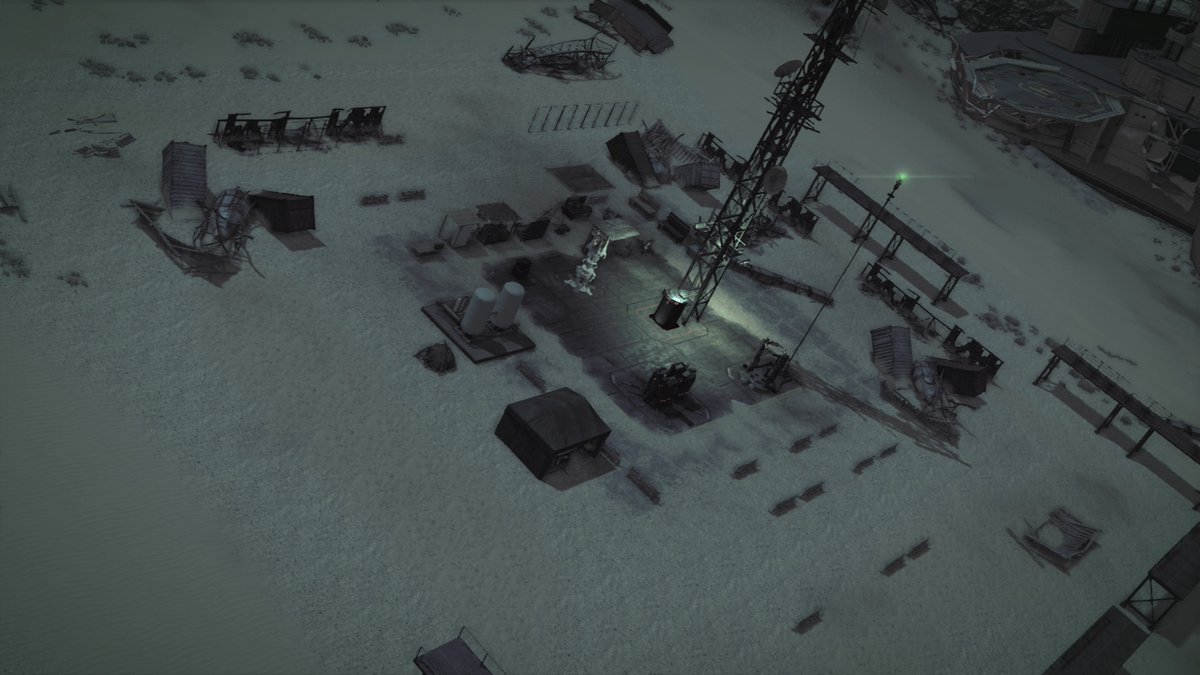
-
Metal Gear Survive
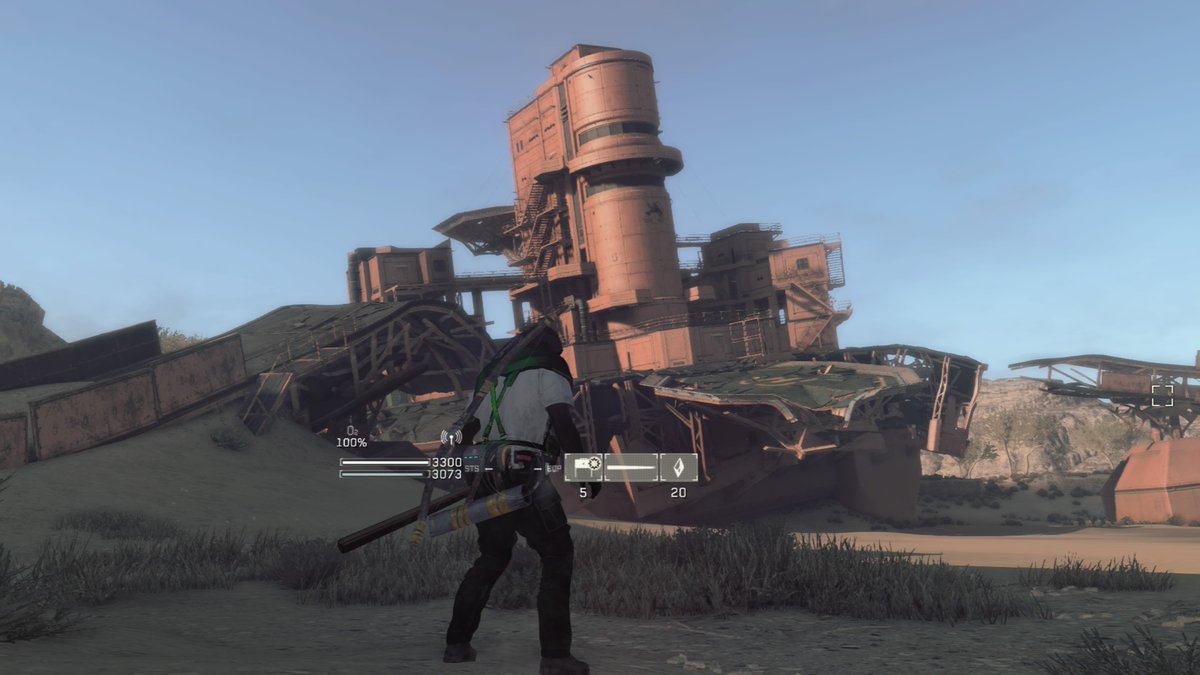
-
Metal Gear Survive
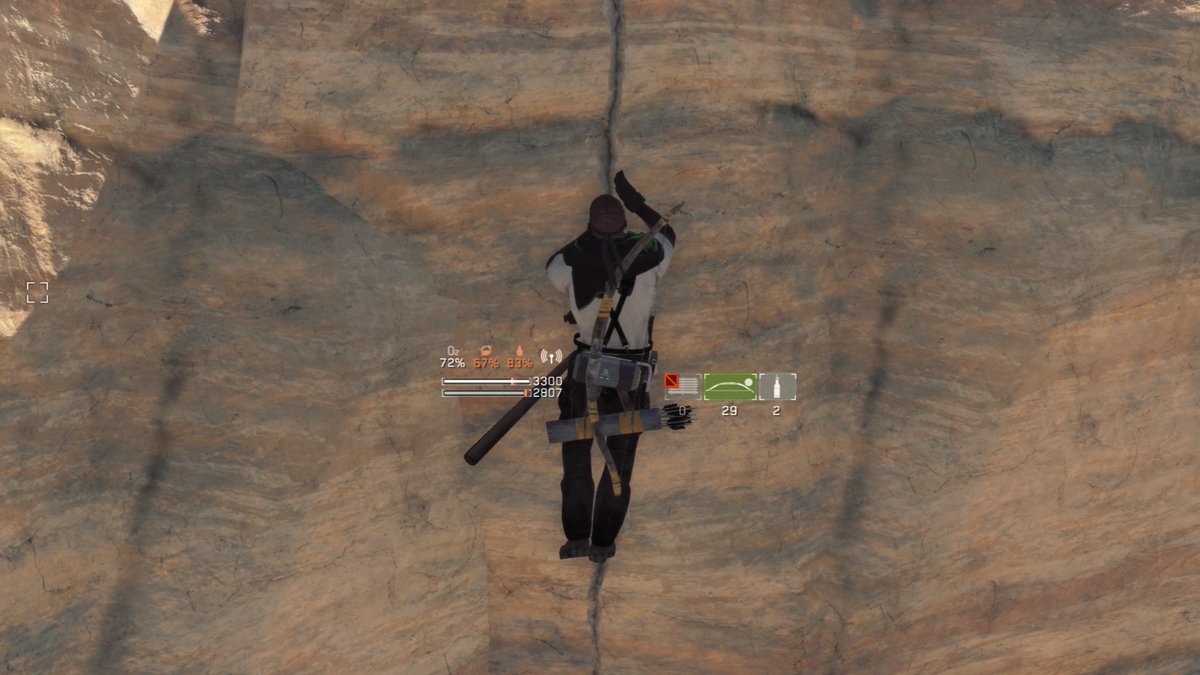
-
Metal Gear Survive
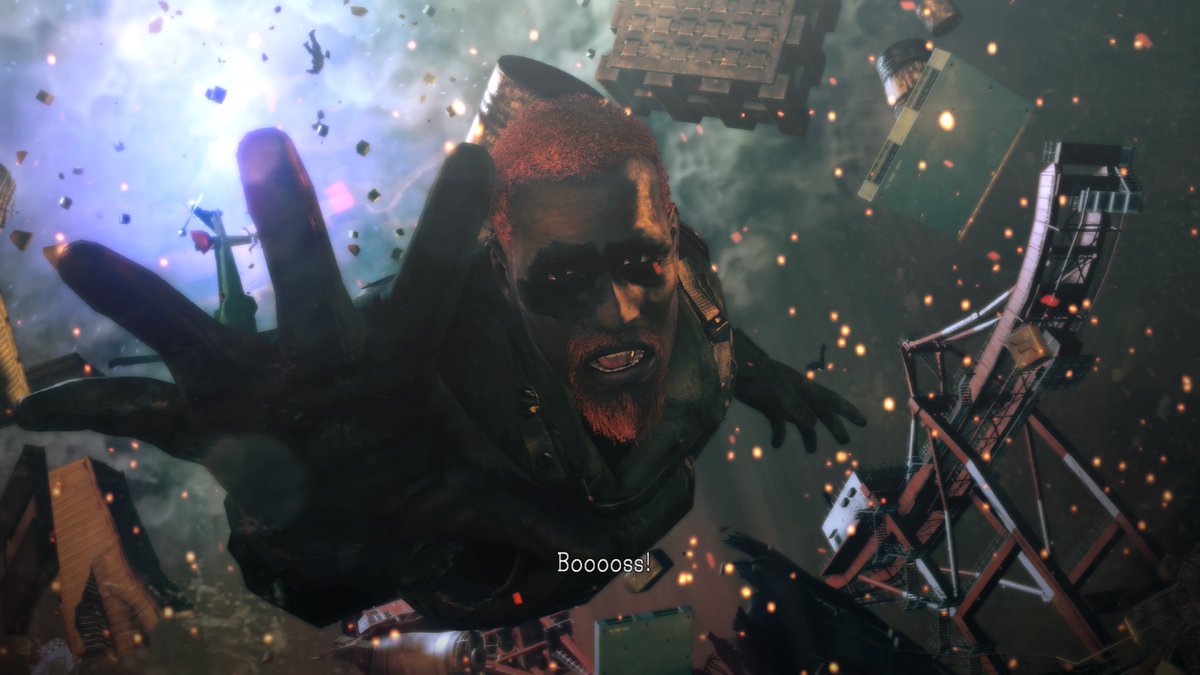
-
Metal Gear Survive
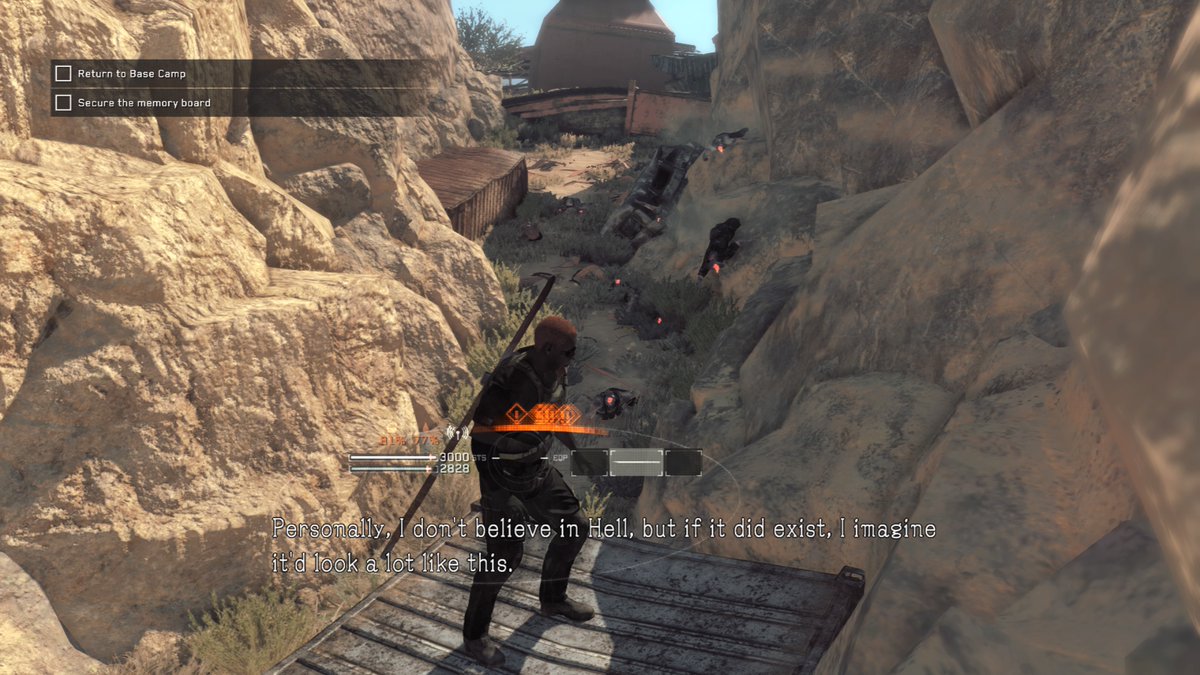
-
Metal Gear Survive
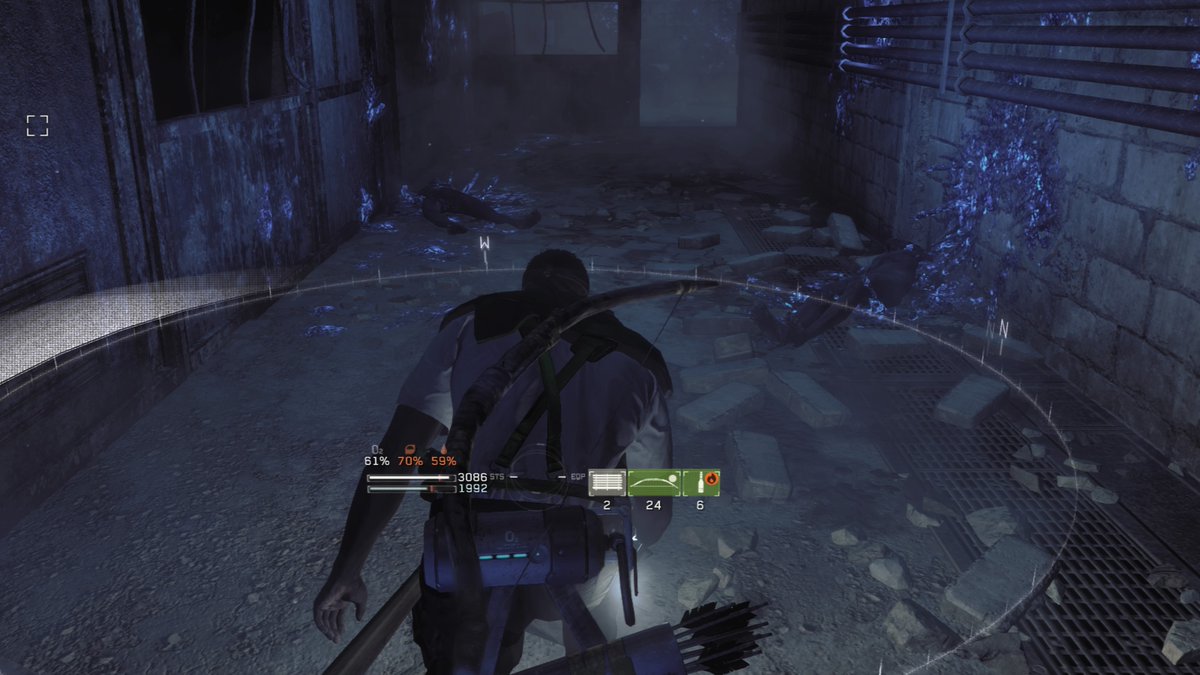
-
Metal Gear Survive
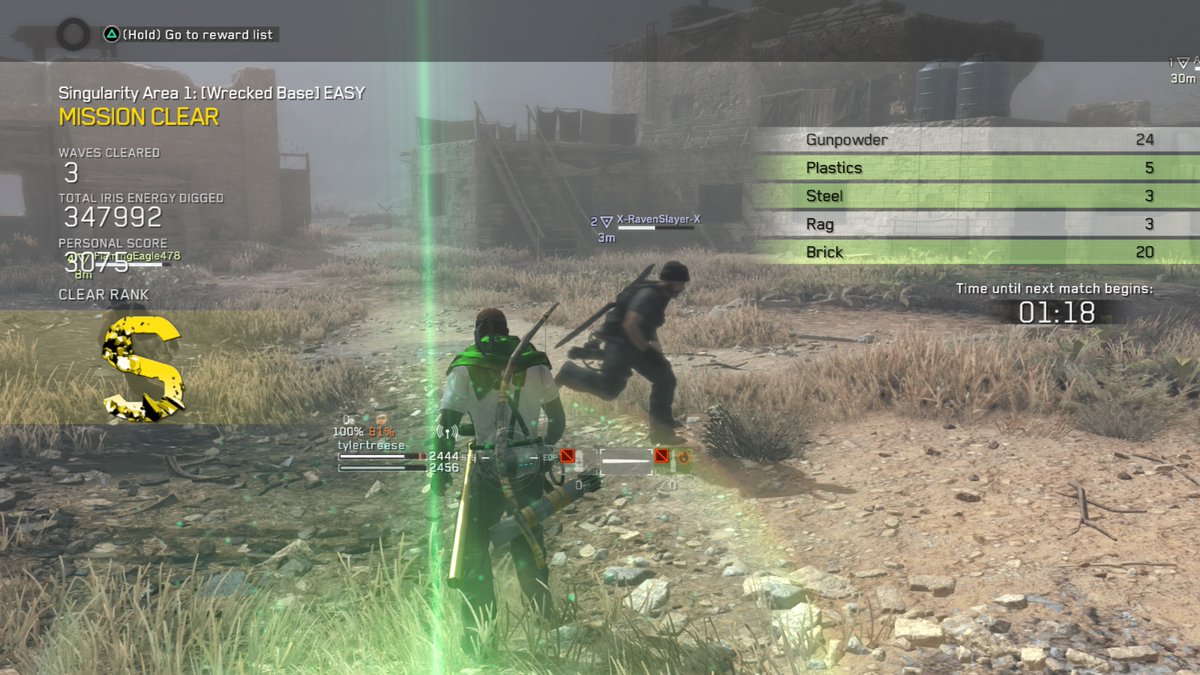
-
Metal Gear Survive
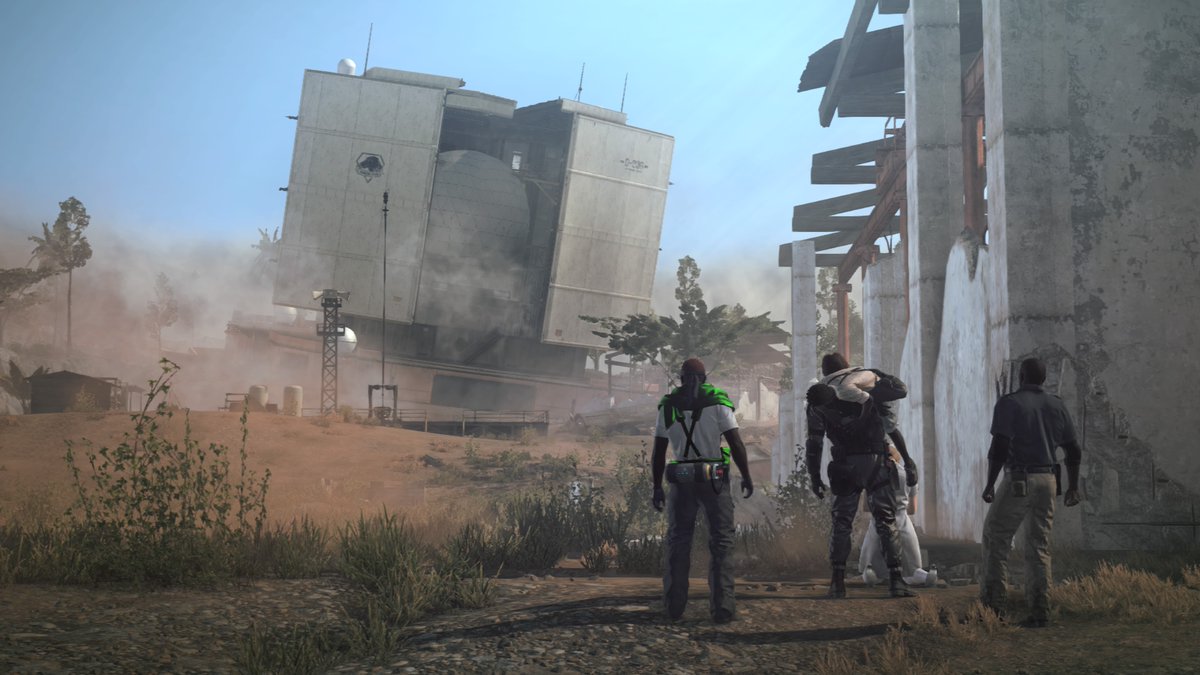
-
Metal Gear Survive
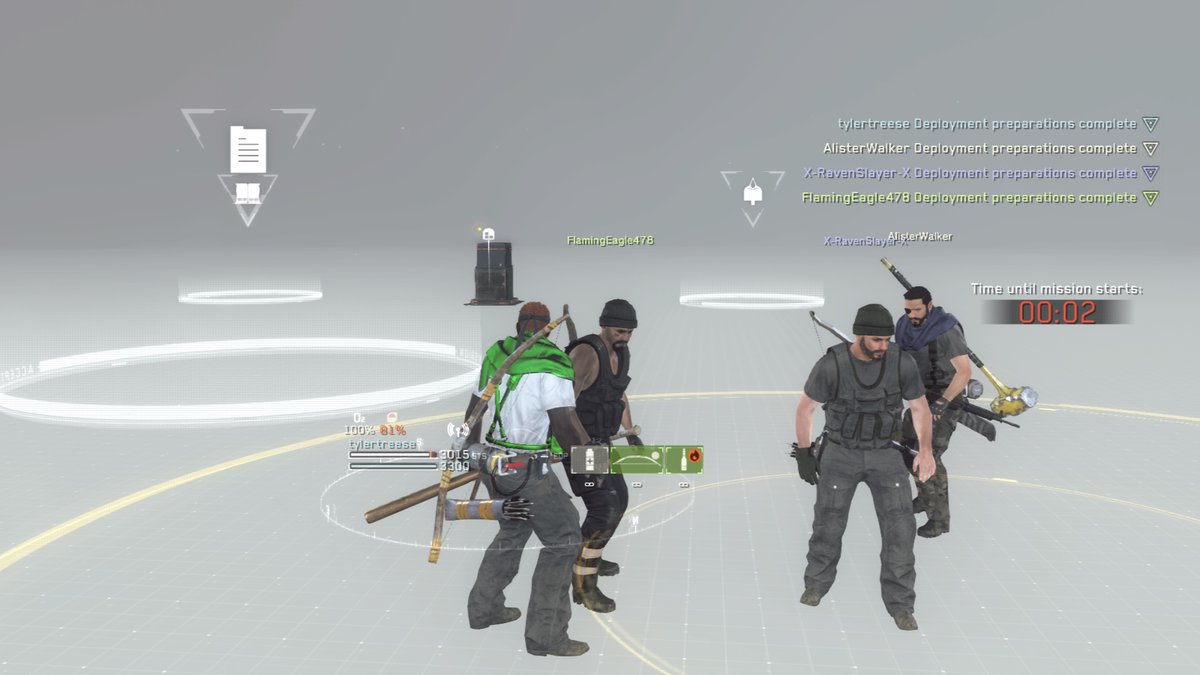
-
Metal Gear Survive
